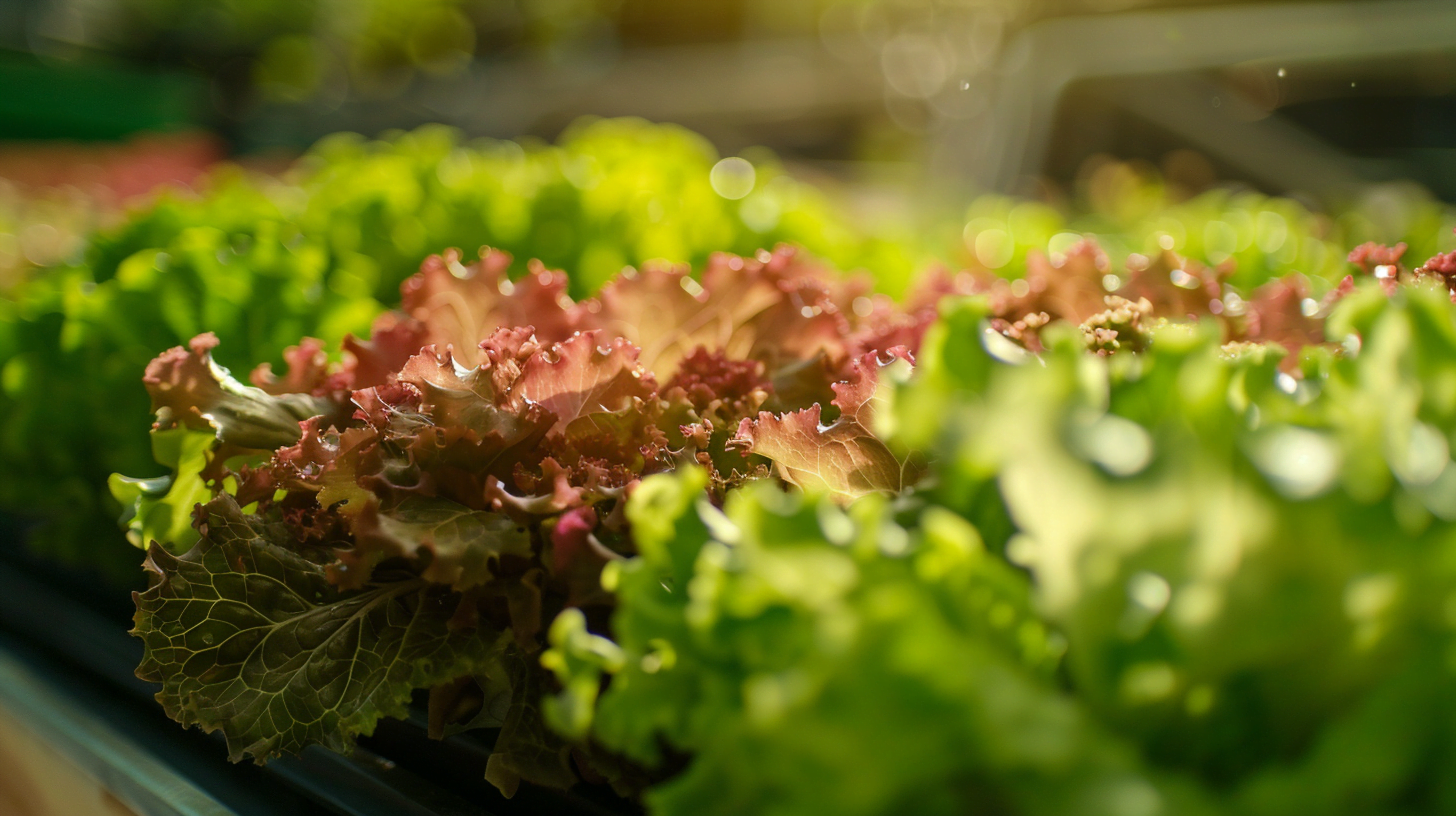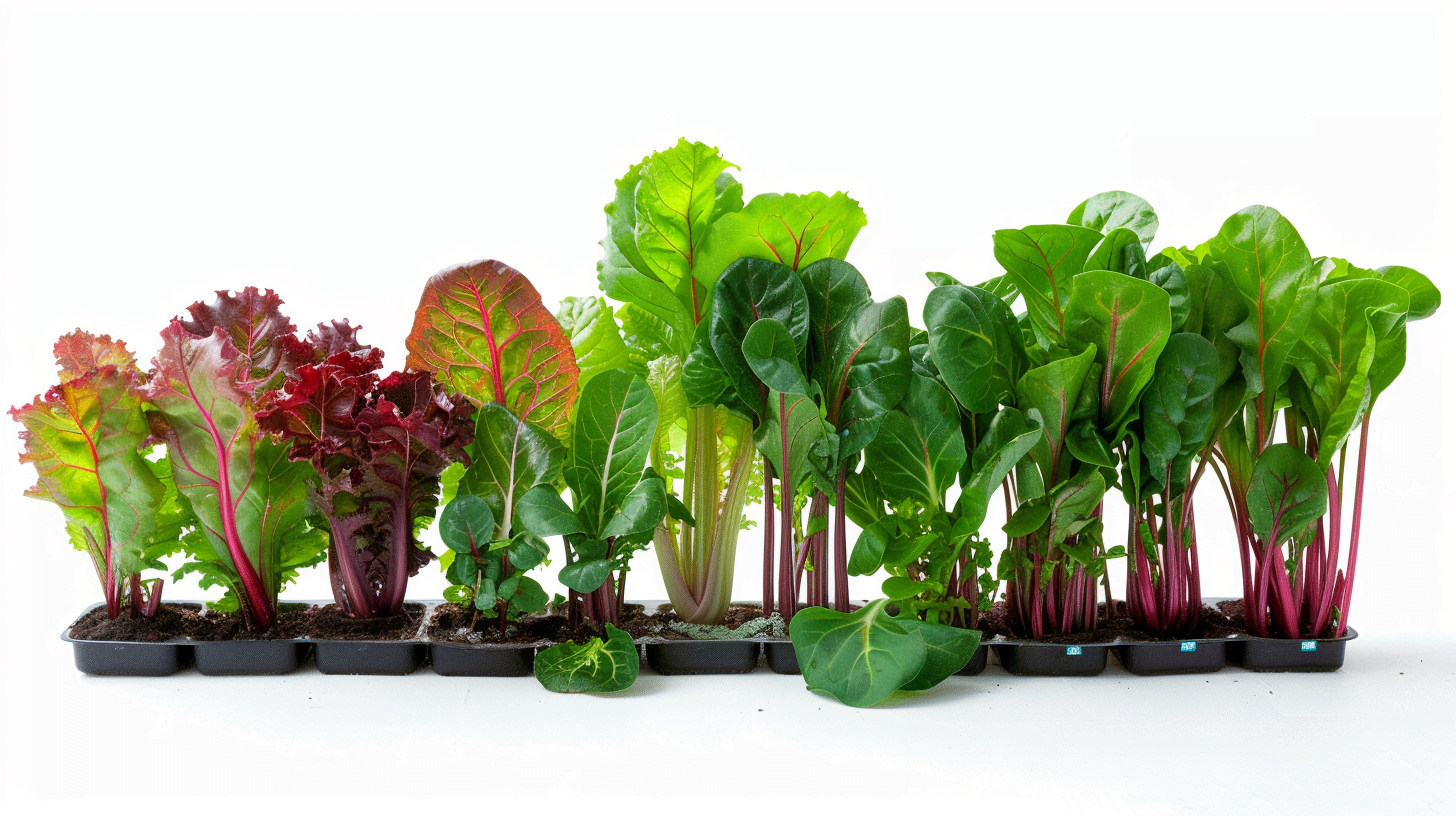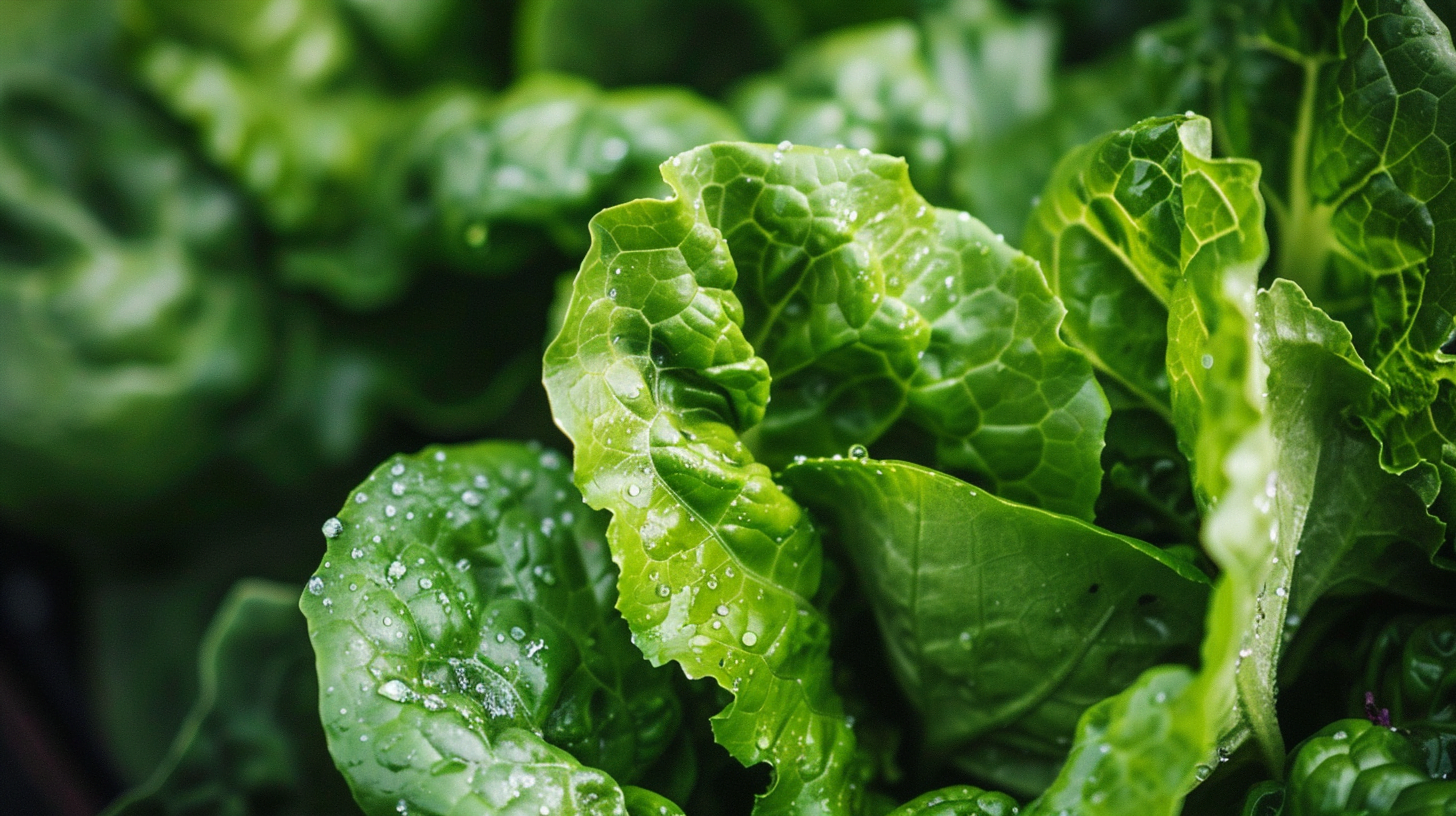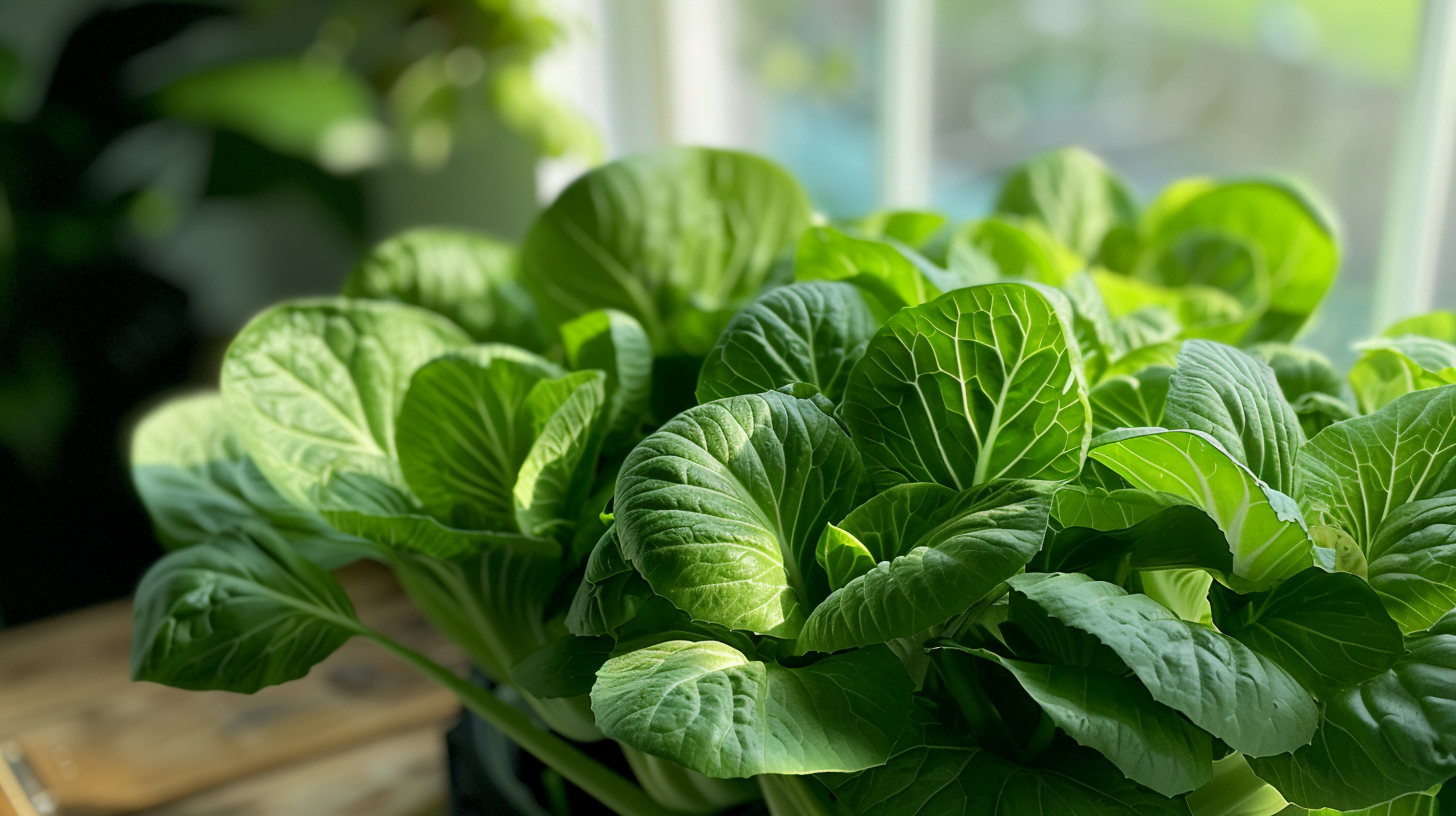Introduction
Hydroponics is a method of growing plants without soil by using nutrient-rich water solutions. Many beginners might be wondering can i grow lettuce hydroponically? With hydroponics, it’s absolutely possible to grow lettuce and enjoy fresh, home-grown greens even without access to an outdoor garden.
Growing lettuce hydroponically comes with many benefits – faster growth, higher yields, less pests and diseases, and easier monitoring and control over nutrients. It’s an excellent option for urban farmers, hobbyists, or anyone interested in producing their own food in small spaces.
In this comprehensive guide, we’ll cover everything you need to know about growing lettuce hydroponically, including:
- What hydroponic lettuce is and how it works
- The benefits of hydroponic lettuce
- What you need to get started
- Choosing the best lettuce varieties
- Step-by-step process for growing hydroponic lettuce
- Common problems and solutions
- Tips for optimal growth
- How to harvest and store your lettuce
Let’s get growing!
What is Hydroponic Lettuce?
Hydroponics is a method of growing plants without soil by using a nutrient-rich water solution. The roots are supported using a medium like perlite, clay pebbles, coconut coir, or rockwool.
Then, the nutrient solution delivers water and all the vital minerals the plants need directly to the roots. With the right balance of nutrients, lighting, and other conditions, plants can grow just as well or even better than in soil.
Hydroponically grown lettuce tends to grow faster and produce higher yields. The enclosed, controlled environments reduce susceptibility to pests, diseases, and weather fluctuations.
There are several types of hydroponic systems:
- Deep Water Culture – Roots hang down into an aerated nutrient solution.
- NFT (Nutrient Film Technique) – Nutrient solution flows through channels.
- Aeroponics – Roots are misted with nutrient solution.
Any of these systems work well for growing lettuce and other leafy greens.
Benefits of Hydroponic Lettuce
Here are some of the top advantages of growing lettuce hydroponically:
- Faster growth – Hydroponic lettuce grows up to 3 times faster than soil grown lettuce. You can harvest leaves as soon as 3-4 weeks from seeding.
- Higher yields – Grow up to 4-6 times more lettuce in the same space versus traditional gardening.
- Less pests/diseases – Closed hydroponic systems means less exposure to pests and soil-borne diseases.
- Easier monitoring – Check pH, nutrient levels, and make adjustments easily.
- More control – Tailor nutrient solutions and conditions perfectly for lettuce.
- Works anywhere – Grow lettuce year-round without regard for climate or soil conditions.
- Great for small spaces – Perfect for urban farmers, patios, balconies, or anywhere with limited room.
What You’ll Need to Grow Hydroponic Lettuce
Growing lettuce hydroponically requires a few components:
- Hydroponic system – There are small systems designed for beginners or larger custom systems for bigger yields. Options include deep water culture, NFT channels, vertical systems, aeroponic kits.
- Growing container – Net cups or pots to hold the lettuce plants suspended in the system.
- Nutrient solution – Premixed formulas or individual salts to provide nitrogen, phosphorus, potassium and other nutrients.
- pH testing supplies – Must maintain optimal pH 5.5-6.5 range for proper nutrient absorption.
- Lettuce seeds or seedlings – Romaine, butterhead and other varieties.
- Grow lights (optional) – LED growing lights can supplement sunlight for indoor gardens.
With these core components in place, you’ll be ready to start growing hydroponic lettuce. It’s a relatively inexpensive and easy gardening method for greens.
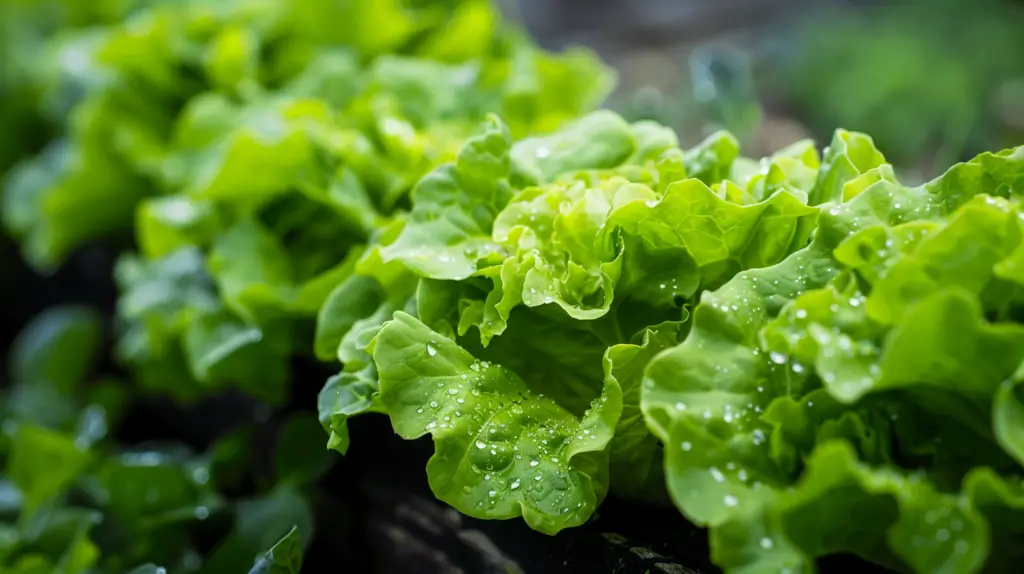
Choosing the Best Lettuce Varieties for Hydroponics
When choosing lettuce varieties for hydroponics, opt for compact, fast-growing types that do well in enclosed environments.
Here are some of the top lettuce types to grow hydroponically:
- Butterhead – Tender, loosely headed varieties like bibb and boston are excellent choices.
- Looseleaf – Frilly, green oakleaf or nutrient-rich lollo rossa work very well.
- Romaine – Mini romaine like little gem and parris island cos have great flavor.
- Crisphead – Compact iceberg types can be grown but may need more space.
Lettuce can also be found in mixes specifically for hydroponics that contain diverse varieties for color and texture.
Step-by-Step Guide to Growing Hydroponic Lettuce
Follow these steps to grow lettuce successfully from start to finish:
1. Assemble the Hydroponic System
Set up the growing system according to the instructions. Place the growing containers like net pots into the system.
Add the growing medium such as clay pebbles to the containers. Ensure any pumps, tubing, and electrical components are properly connected.
2. Prepare and Test the Nutrient Solution
Mix the hydroponic nutrient formula with purified water per the directions. Check that the pH is between 5.5-6.5 and EC/ppm is appropriate for lettuce around 1.2-1.4 mS/cm.
3. Start Seeds or Transplant Seedlings
You can start lettuce from seed by placing 1-2 in each net pot. Or transplant hydroponically grown seedlings from starter plugs. Cover the roots completely with growing medium.
4. Maintain Proper Growing Conditions
Lettuce grows best around 60-70°F. Provide 14-16 hours of light daily. Use grow lights if needed to maintain the light level.
Aerate the nutrient solution using air pumps and stones. Keep water temperature and pH stable.
5. Monitor and Adjust Nutrient Solution
Test pH and EC levels regularly. Add more nutrients or purified water to keep within the optimal ranges for lettuce.
6. Harvest Lettuce
In about 3-5 weeks lettuce will be ready to harvest. Use clean shears to cut leaves as needed, leaving 1-2 inches of growth. Lettuce will continue producing more leaves.
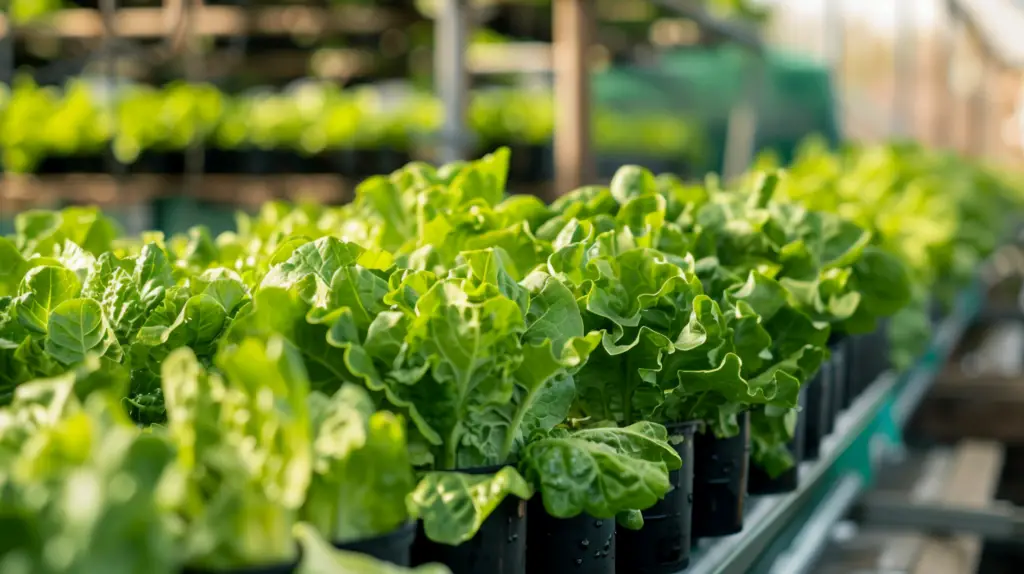
Common Problems and Solutions
Here are some common issues that may arise when growing hydroponic lettuce and how to address them:
Nutrient deficiencies – If leaves show discoloration or slow growth, certain nutrients may be lacking. Test levels and adjust nutrient solution accordingly.
Improper pH – Too high or low pH can cause nutrient lockout. Keep pH 5.5-6.5 for optimal absorption.
Algae growth – Too much light causes algae in systems. Use opaque containers and reduce lighting.
Tip burn – Brown leaf tips indicate too much fertilizer. Flush the system and reduce EC levels.
Bolting – Lettuce bolting to seed is often caused by heat or maturity. Maintain cool temps and harvest on schedule.
Tips for Growing Great Hydroponic Lettuce
Follow these tips for the best results when growing hydroponic lettuce:
- Use net pots or mesh baskets to provide better root support and growth.
- Maintain electrical conductivity (EC) around 1.2-1.4 mS/cm for leafy lettuce varieties.
- Keep pH steady between 5.5-6.5 for optimal nutrient absorption.
- Water temperature should be around 60-70°F for lettuce. Higher temps encourage bolting.
- Lettuce needs 14-16 hours of light per day. Supplement with grow lights if needed.
- Provide lots of space between plants for air circulation and light exposure.
- Grow fast-maturing varieties that are suited to hydroponics.
- Check roots weekly – trim any that are brown or slimy.
How to Harvest and Store Hydroponic Lettuce
Lettuce grown hydroponically can be harvested multiple times. Here are some tips:
- Test readiness by gently squeezing leaves to check for firmness. Soft leaves are ready for harvest.
- Use clean, sharp shears to carefully cut outer leaves, leaving 1-2 inches of inner growth intact.
- Harvest in the morning for best flavor and texture.
- Gently rinse and dry lettuce if needed, but don’t soak leaves.
- Lettuce keeps 7-10 days unwashed and refrigerated in a container or plastic bag.
By following ideal storage conditions, you can enjoy fresh hydroponic lettuce for many days after harvest.
Conclusion
Growing lettuce hydroponically is a great way to enjoy home-grown greens any time of year. Hydroponic systems allow you to tailor the perfect environment for maximizing lettuce growth and yields.
With the right lighting, temperature, pH, and nutrients, varieties like crisphead, butterhead, looseleaf, and romaine lettuce can thrive hydroponically. It’s an excellent option if you have limited outdoor space or want greater control over your lettuce production.
Using hydroponics, you can grow fresh, highly nutritious lettuce greens faster and more efficiently. Keep an eye on pH and EC levels, maintain proper growing conditions, and harvest leaves promptly for the best results. With a bit of practice, you can perfect your hydroponic lettuce growing skills.
Here’s a quick recap of the key points:
- Hydroponics allows growing lettuce without soil by delivering nutrients directly to the roots
- Benefits include faster growth, higher yields, less pests, and growing anywhere
- You’ll need a hydroponic system, containers, nutrients, pH supplies, lighting
- Butterhead, looseleaf, romaine work best; choose compact varieties
- Maintain ideal temps, lighting, humidity, airflow, and nutrition levels
- Monitor pH and EC, troubleshoot issues quickly to avoid problems
- Harvest outer leaves with shears; store refrigerated unwashed
We’ve just scratched the surface here – there is a lot more to discover about successfully cultivating hydroponic lettuce. With some experimentation, you can dial in the perfect recipe for growing lettuce tailored to your system and environment.
The world of hydroponics makes it possible for anyone, anywhere to become a lettuce farmer! With this complete guide, you now have all the information needed to get started growing your own hydroponic lettuce greens.
